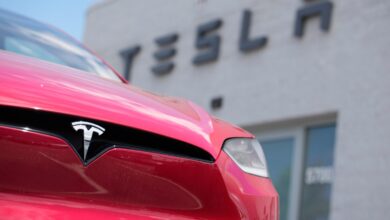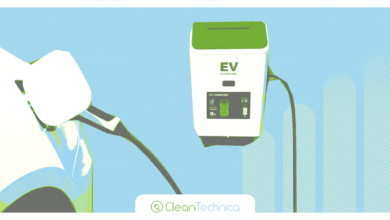Drive to electrify | Nature Climate Change

Policies and subsidies can help, and have helped, to establish the electric vehicle market. As subsidies are withdrawn and policies shift, the public will play a role in the future market infiltration.
Electric vehicles (EVs) are becoming more of a common sight on roads, and charging points are increasing in number. This is only expected to increase as nations consider how to reduce emissions in line with net-zero ambitions and internationally agreed temperature targets. For example, the United States has recently announced stricter national pollution standards for passenger cars and light-medium vehicles. The standards require manufacturers to reduce tailpipe pollution and carbon emissions from their vehicles by 56% in 2032 based on 2026 levels. While this is not an explicit ban on internal combustion engines, to meet the standards will require an increase in EV production. There will need to be substantial growth, because even though the United States saw the sale of EVs exceed 1 million units annually for the first time in 2023, this only accounts for 7.2% of all new light vehicles sold1.
Credit: Michele D’Ottavio / Alamy Stock Photo
Although the US announcement is positive, it doesn’t go as far as some other countries. The European Union currently has a ban on the sale of new petrol-powered cars coming into effect in 2035, which aligns with the updated UK policy, which was delayed from a 2030 implementation. The European Union law was approved in February 2023, but after strong opposition conceded to allow internal combustion engine vehicles that solely use e-fuels, synthetic carbon-neutral fuel, and is also set for review in 2026. There are concerns that slower-than-expected EV sales growth will result in legislators rolling back or delaying the ban on internal combustion engine vehicles.
Considering battery EVs, alongside plug-in hybrid vehicles, in 2022, globally these made up 14% of all new cars sales (10.2 million units versus 62.66 million non-EV sales). Some countries such as Norway (88%) and Sweden (54%) currently, numbers for 2022, have very high levels of EV sales2. The shift to EVs in Norway has been driven by tax incentives, not only on purchases and vehicle registration but also reductions in toll prices. These vehicles also benefit from the national grid being primarily hydroelectric, so overall emissions are close to zero.
China has also seen strong growth in EV uptake, 29% of new vehicles sold in 2022 were EVs2. China has invested heavily in battery technology, achieving substantial advances in lithium iron phosphate batteries, and companies such as CATL have quickly established a dominant market share, 37%, of the EV battery market3. They offer more affordable products that increases the appeal to vehicle manufacturers and consumers, even if the driving range is not as large as offered by lithium nickel manganese cobalt batteries, which have been more traditionally used.
Prices of EVs are dropping, battery technology is increasing range and charging networks are becoming more available. Yet, subsidies and incentives only go so far, people currently still have a choice and adoption will be influenced by behaviour — of the consumer, manufacturer, policymakers and society4. Considering consumers, a lack of confidence in driving range and the availability and convenience of charging points have been issues. But this can be addressed with government and private investment, for example, the UK grew their charging network 43% in 2023 (ref. 5), and the United States allocated US$5 billion in the 2022 Infrastructure Bill to expand the charging network across the country.
In 2022, EVs accounted for 2% of cars in use2, but if the recently seen exponential growth in sales continues, EVs will become more of a common sight on roads around the world.



